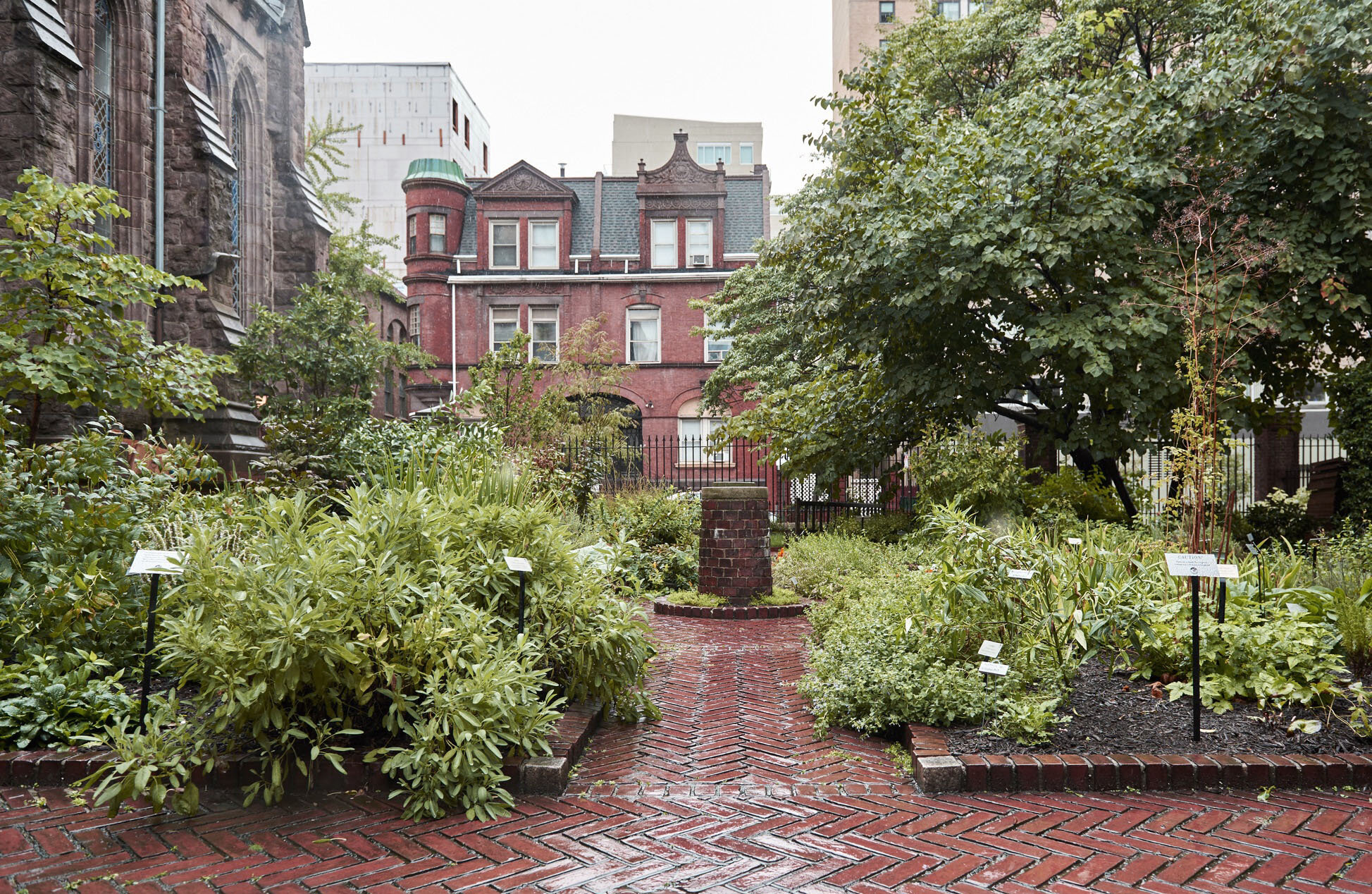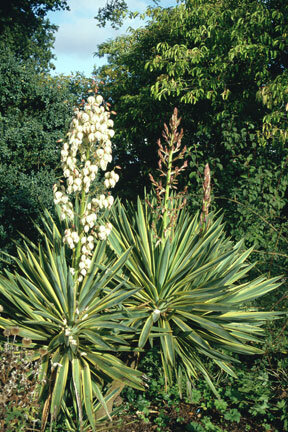Poison or Cure: A Guide to Medicinal Plants
Sarah Grogan
The air is damp and woody as I sit inside the little courtyard near Mütter Museum on a quiet Sunday. As I soak in the natural atmosphere, it reminds me of the fall season and the time of witchcraft. The Benjamin Rush Medicinal Garden is a dedicated archival collection of medicinal plants used throughout centuries around the world. The warm, sweet botanical scents are pungent yet hold a dark and rich history. These plants possess different qualities, those of medicine and poison, though both equally important. Here are some examples that unleash our wicked curiosity and reveal the story of plant medicine throughout human history.
Cassava: Manihot esculenta
Cassava, often called "Yuca," is a woody shrub native to South America. Its starchy root is edible and is a major source of carbohydrates in tropical regions and developing countries.
Cure
This plant is used to treat
hypertension
irritable bowel syndrome
fever
induce labor
Poison
It contains a chemical called cyanogenic glycosides which can release cyanide in the body if not prepared correctly before eating.
indigenous people used this on darts and arrows
Moringa: Moringa oleifera
This plant is native to India and is an herbal plant that is used both as food and medicine.
Moringa has an abundance of antioxidants, antibiotics, and vitamins that make it renowned for its healing benefits.
Cure
used to make a seed cake which is an effective food source for countries with water shortages
seed cake remains can be used as a fertilizer
seed cake remains remove salt from seawater
Harvest Moon Witch Hazel: Hamamelis virginiana
This plant is native to Northeastern regions in the United States. Harvest Moon Witch Hazel is unique in its late bloom period in the fall, from which its name derives. It is a tree of lemon-yellow flowers that brings color after the autumn leaves fall.
Cure
distilled extracts are used in beauty products such as toner
natural preserver due to its ability to fight bacteria
reduces swelling and calming on skin
Native Americans used its branches as bows and harvested its seeds for food
Datura: Datura inoxia
Datura is a powerful plant, cultivated for its medicinal qualities and its beautiful flowers. It is a poisonous flowering plant in the nightshade family. The trumpet-shaped flowers are fragrant and come in many shades of white, yellow, pink, and purple.
Cure
Psychedelic substance used by native people in North and South America, but highly toxic and dangerous. It is said that during rituals, it would produce visions of warriors before battle.
used in the treatment of asthma
Poison
Fatal if ingested due to potent alkaloids and other chemical compounds
Artist Spotlight
Ree Morton: The Plant that Heals May Also Poison
Last year my friends and I visited a gallery exhibition at the University of Pennsylvania that highlighted Ree Morton. She created a show called “The Plant that Heals May Also Poison,” which displayed works centered around poisonous plants from a feminist perspective. Her theme explored both physical and symbolic representations of the effects of these plants. They included a variety of multimedia pieces such as sculptures, paintings, tapestries, and wall installations. Many of her artworks included the species described above. She gave light to their significance and representation in many aspects of life.
If you want to read more about this exhibition visit this link:
If you want to read more about Ree Morton visit this link:
https://awarewomenartists.com/en/artiste/ree-morton/









